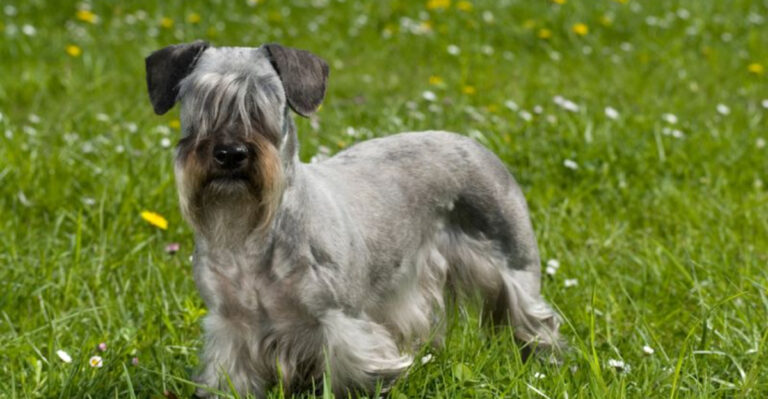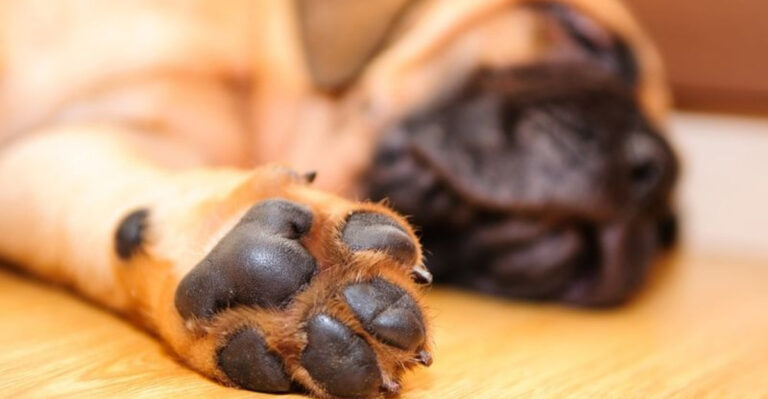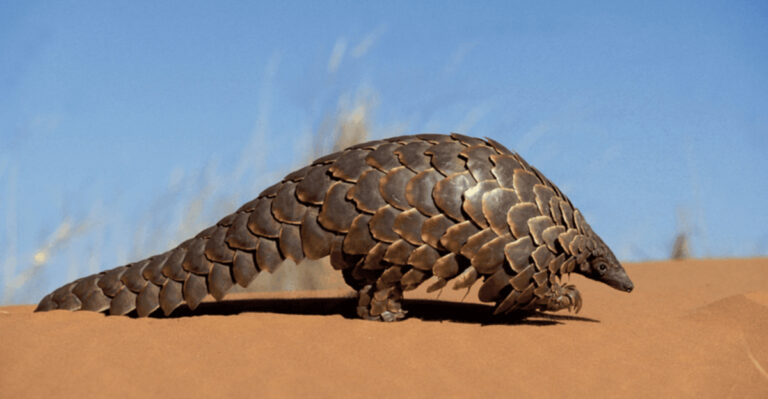16 Signs Your Pet Reptile Is Stressed
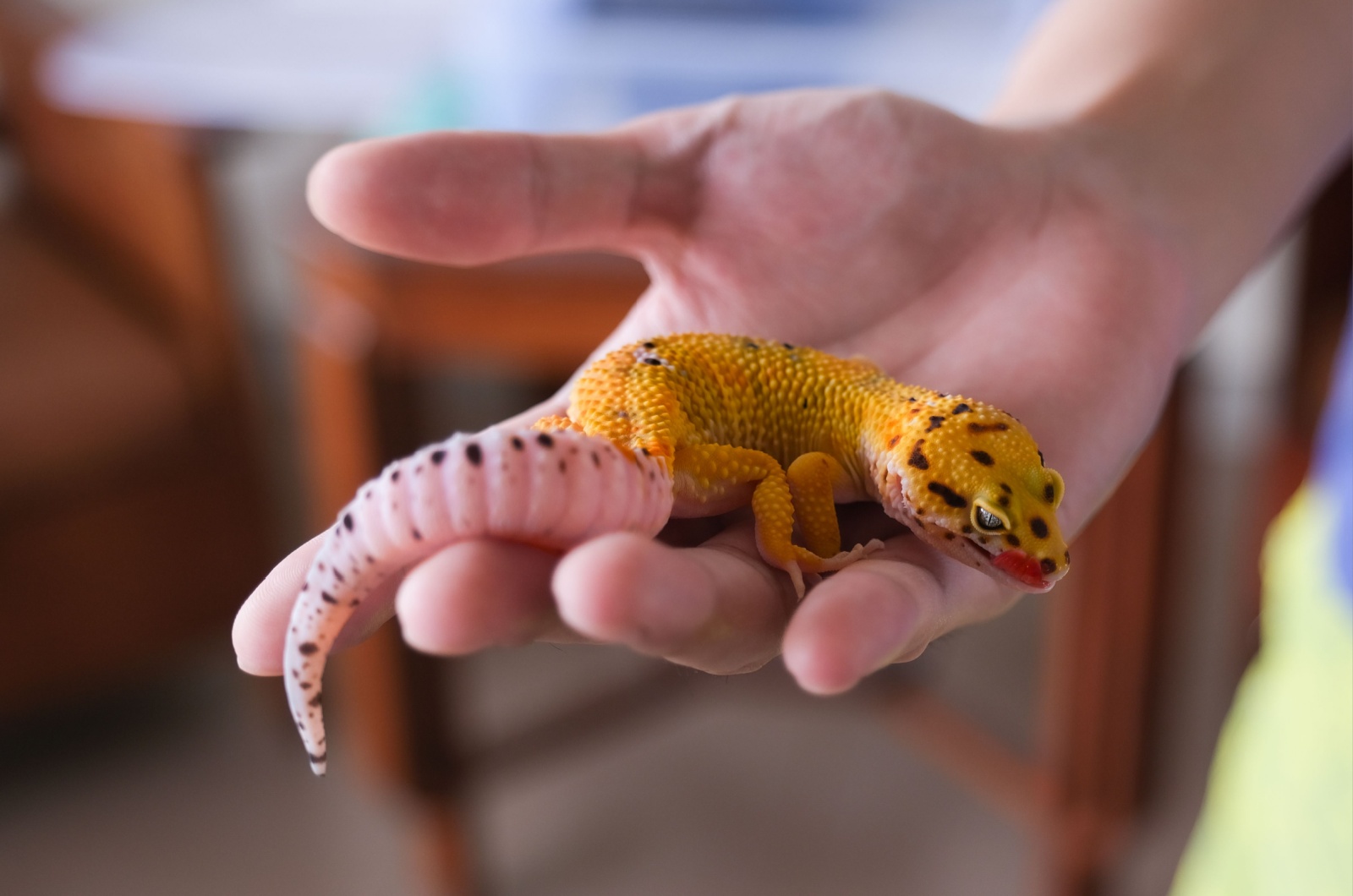
Ever wondered if your scaly companion is feeling more rattled than relaxed? Recognizing stress in your pet reptile is essential to ensure their scaly life is smooth and serene.
With quirky behaviors and subtle signals, it’s crucial to understand those tiny reptilian cues that might be screaming, “Help!” Explore these 16 signs to keep your reptile content and chilled.
1. Loss Of Appetite

When your reptilian buddy decides to play picky eater, it might be stressed. Loss of appetite can be a sneaky sign your cold-blooded pal is not at ease.
Keep an eye on feeding habits and ensure their environment suits their natural needs. Stress can make these creatures turn their nose up at food.
2. Unusual Bad Behavior
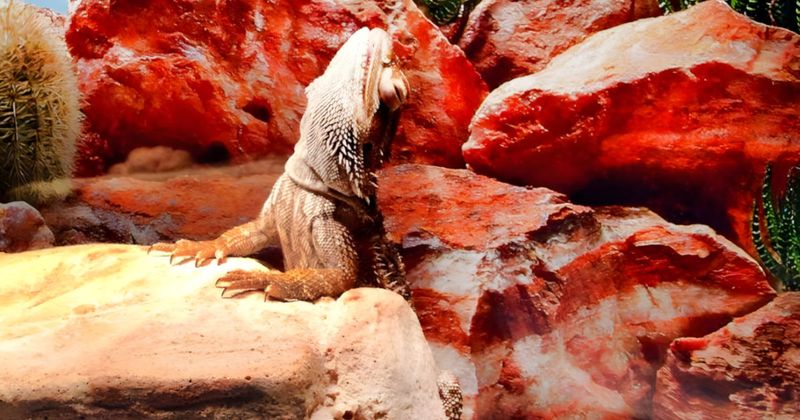
Is your typically chill reptile suddenly on the warpath? Uncharacteristic aggression could be a sign of stress.
Whether they’re snapping at their tank mates or you, it might mean something’s amiss in their world. Make sure their habitat and handling routines are just right to keep peace in their kingdom.
3. Excessive Hiding
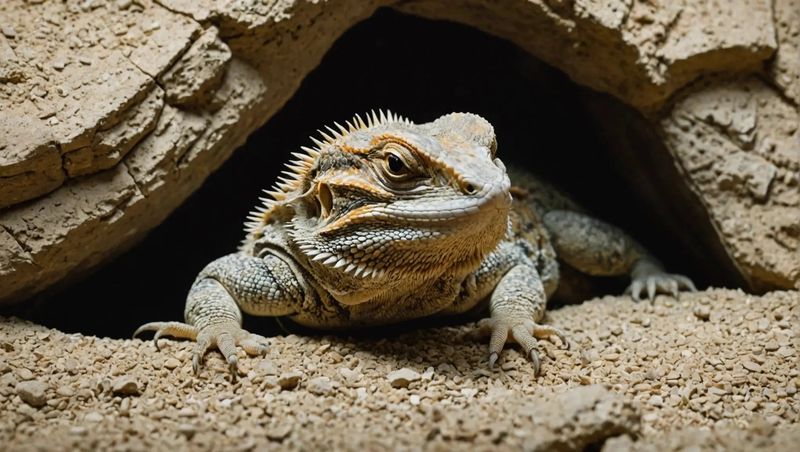
A reptile that spends most of its time playing hide-and-seek might actually be hiding from stress. If your pet is constantly retreating to its hidey-hole, it might be overwhelmed by its environment. Ensure their habitat isn’t too noisy or busy, providing the tranquility they need to feel comfortable and secure.
4. Rapid Breathing
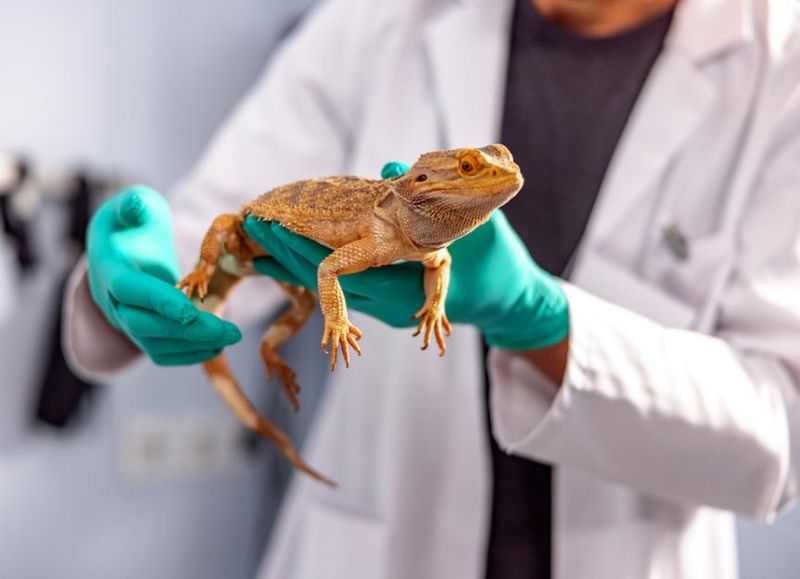
Is your scaly friend puffing like they’ve run a marathon? Rapid breathing can be a sign of stress or discomfort in reptiles.
Monitor their breathing patterns and see if there’s anything in their environment causing distress. Proper temperature and humidity control are crucial to keep them breathing easy.
5. Frequent Shedding
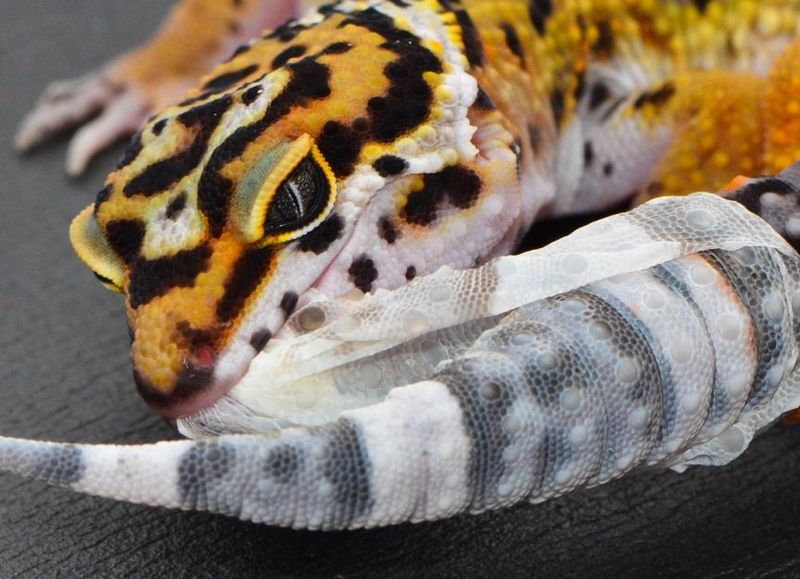
While shedding is natural, frequent shedding might signal stress. If your pet reptile seems to be in a constant state of wardrobe change, check their habitat conditions.
Stress can disrupt their shedding cycle, leading to health issues. Ensure proper humidity and diet to keep those scales in tip-top shape.
6. Glass Surfing
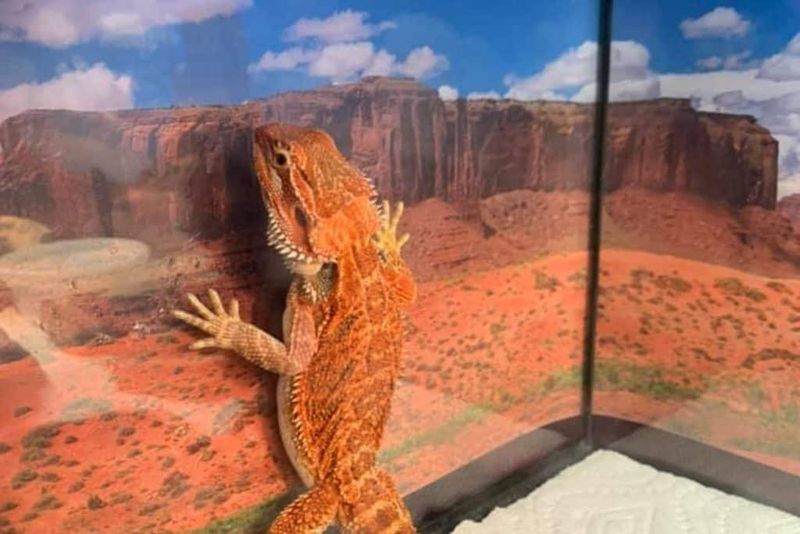
Why is your reptile trying to break out of their glassy prison? Glass surfing, where they repeatedly run along the tank wall, can be a sign of stress or boredom. They might need more space or enrichment. Consider adding new activities or adjusting their habitat to satisfy their curious nature.
7. Unusual Vocalizations
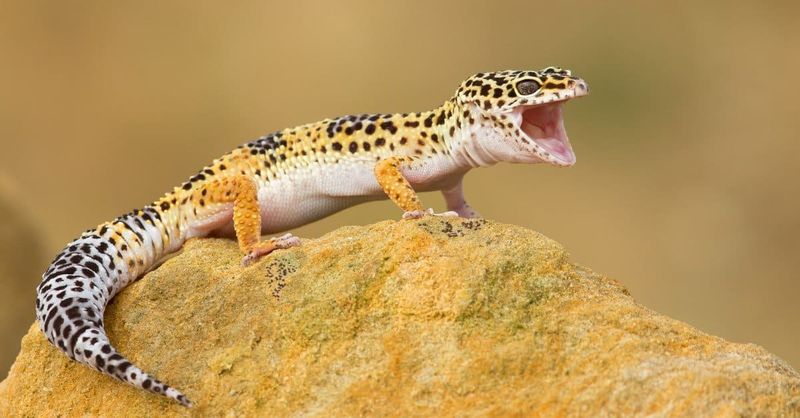
If your usually silent friend is suddenly chatty, it might be a cry for help. Unusual vocalizations can mean your reptile is stressed or uncomfortable. Listen for any hissing, chirping, or other noises, and see if there’s an environmental factor causing distress. Tweak their habitat for peace and quiet.
8. Tail Dropping
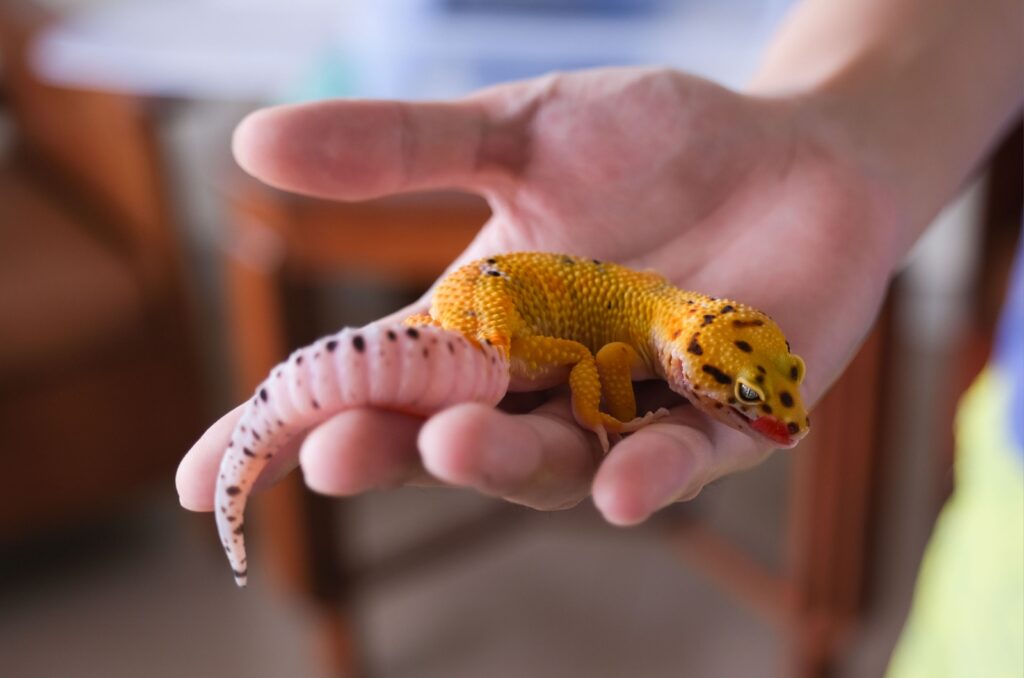
Some reptiles, like geckos, drop their tails when stressed. It’s a drastic action often triggered by fear or extreme anxiety.
If your pet experiences tail dropping, evaluate their environment and handling. Stress-induced tail loss is a big red flag needing immediate attention to prevent further stress and injury.
9. Regurgitation
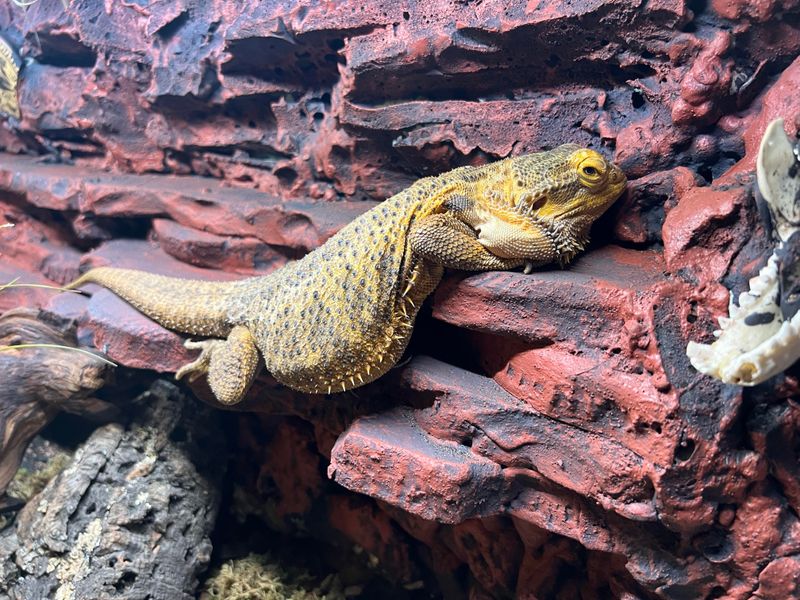
Regurgitation isn’t just unattractive; it’s a stress alarm. If your reptile can’t keep its food down, there might be stress factors at play.
Overhandling or improper habitat conditions can lead to this unpleasant experience. Addressing these issues can help your pet digest comfortably and live stress-free.
10. Erratic Movements
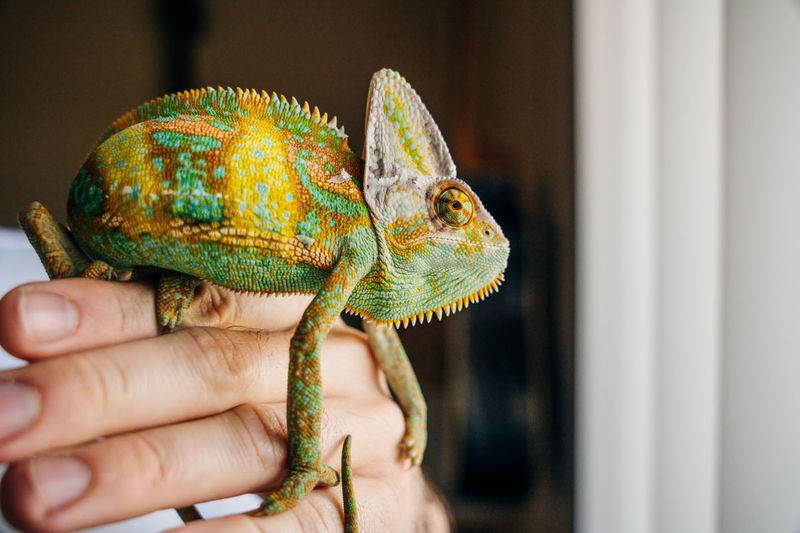
When your reptile is moving like it’s in a dance-off, it might be stressed. Erratic movements and constant pacing can indicate discomfort. Check environmental factors, such as lighting and temperature, to ensure they’re not contributing to your pet’s unease. A calm habitat leads to a calm reptile.
11. Dehydration Signs
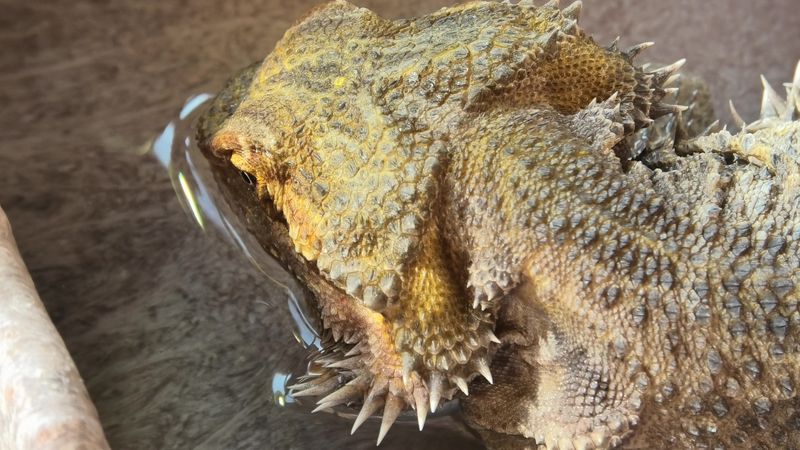
Dry and scaly shouldn’t describe your reptile’s wellbeing. Signs of dehydration, like sunken eyes and wrinkled skin, can be stress-related.
Ensure they have access to fresh water and proper humidity levels to keep them hydrated. A hydrated reptile is a happy reptile, free from stress-induced dehydration.
12. Skin Color Changes
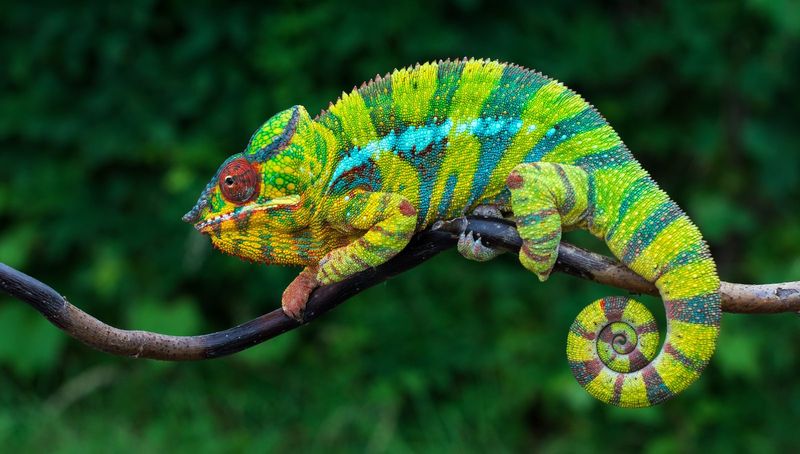
A reptile’s skin color can change like a mood ring. If your chameleon or another color-shifter is sporting unusual hues, stress might be the culprit.
Observe their environment and interactions to pinpoint stressors. By ensuring optimal conditions, you can help them flaunt their true colors stress-free.
13. Lethargy
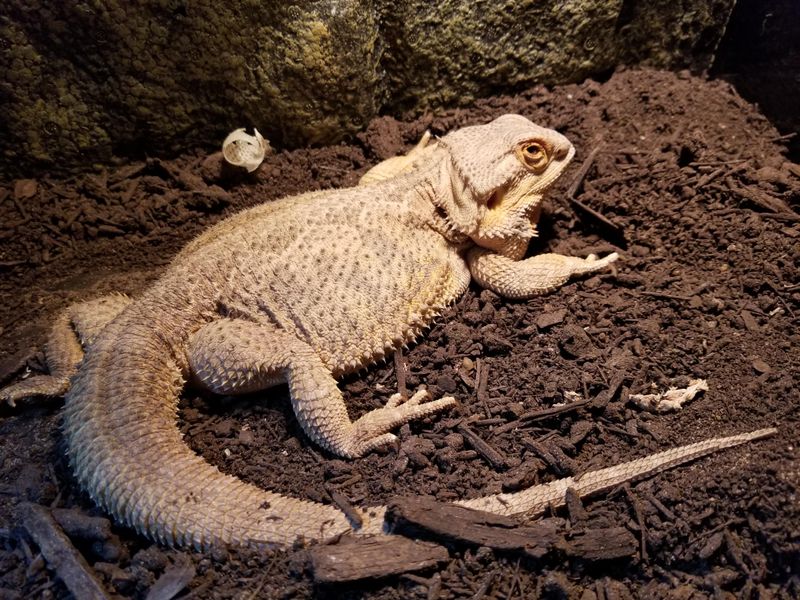
A reptile that’s taking laziness to a new level might not just be relaxing. Lethargy can indicate stress or illness. If your pet seems disengaged, evaluate their habitat and diet. Stress can cause them to withdraw, so ensuring a supportive environment can reignite their zest for life.
14. Biting Or Nipping
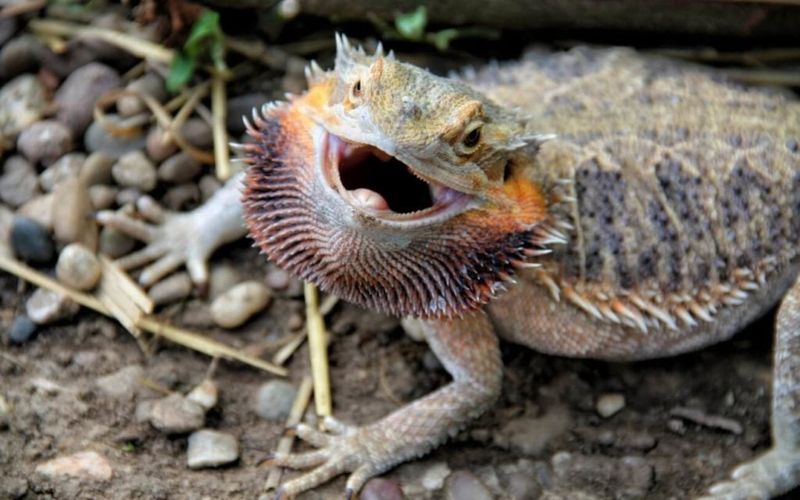
If your otherwise docile reptile is suddenly a nipper, stress might be at play. Biting or nipping can be a defensive mechanism triggered by anxiety. Review their handling routines and living conditions for stressors. Eliminating these can help your pet feel safe and revert to their calm demeanor.
15. Prolonged Hibernation
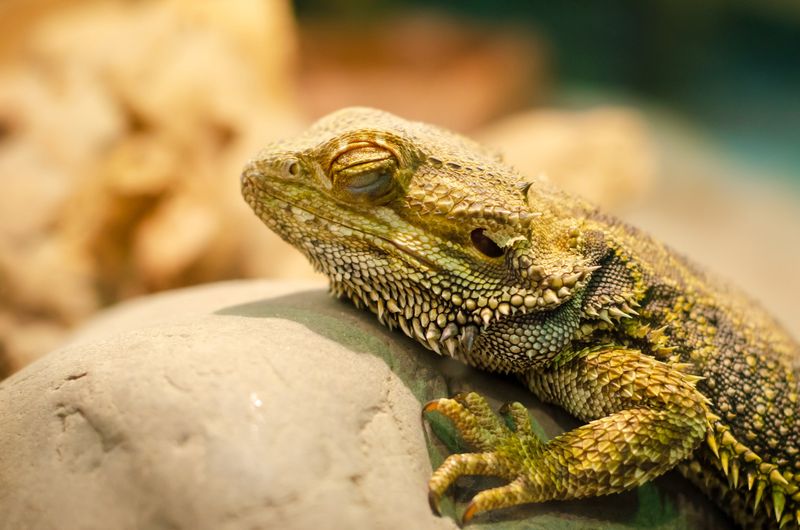
When your reptile decides it’s nap time for way too long, it might be stressed. Prolonged hibernation outside normal seasons can indicate environmental stress. Check temperature and lighting to ensure they mimic natural cycles. A balanced habitat helps prevent premature hibernation and keeps your pet active.
16. Changes In Posture
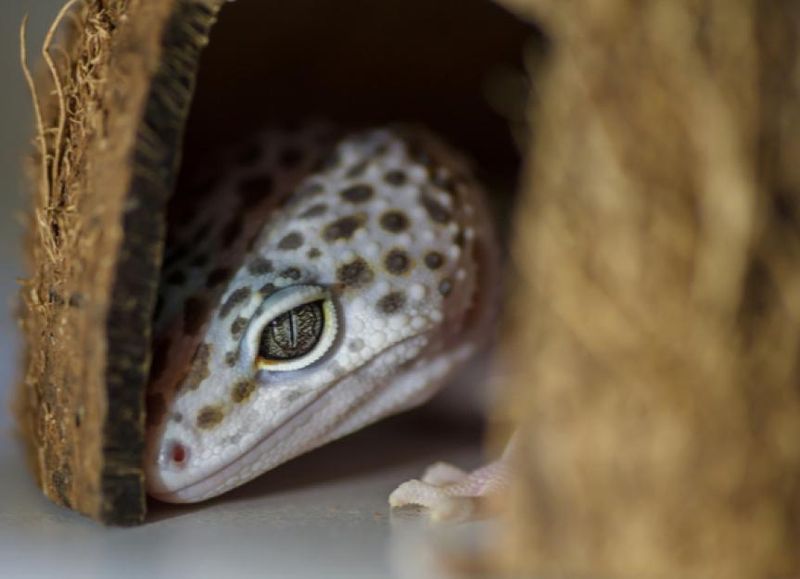
Your reptile’s posture can speak volumes. A snake coiling tightly or an iguana standing tall might be stressed. These changes often signal discomfort or fear. Evaluate their surroundings for potential stressors and ensure a soothing environment. A relaxed posture means a relaxed reptile, ready to enjoy life.

